This is another post for which no opening image image could possibly be adequate, not least because we’ve seen just about every image from New York on this day in 2001 so many times before. And those which are still private should surely remain that way, because for someone they have a personal meaning.
Perhaps, as some New Yorkers have suggested to me the commemoration of 9/11 has become a big over-done, even theatrical and melodramatic. However, for me it wasn’t any of those things. As I ran early yesterday morning in the Hudson River Park from which there’s a fine view of the Statue of Liberty and the Freedom Tower at what the whole world now calls Ground Zero. I noticed a helicopter hovering near the top of the tower and due to the distance it first looked like an insect, but then I saw a flag at half-mast and realized that it was actually a guardian angel. I use those words, because if some lunatic(s) had tried a rerun of 9/11, then that helicopter certainly wouldn’t have been able to stop them.
Then there was a rerun of that day in my mind. I was at the Georg Breuer winery in Rüdesheim in the Rheingau/Germany for an event which the since deceased Bernhard Breuer had organized. Miraculously everybody turned up and down in his vaulted cellar cut off from the news networks we had a bizarrely good evening. The next morning the full enormity of the events struck me as I watched the scenes of dust, paper and other debris being swept along downtown streets by the wind. The scale of the loss of life had become apparent, also the intent of the terrorists to attack not only New York and Washington DC, but also to wound the American economy and break the spirit of freedom, justice and equality which is at the heart of the American Dream. How successfully they had achieved the former was already crystal clear; how successful they were in the latter goals became apparent in the economic indicators of the subsequent months, and is also a story that is still unfolding (NSA, etc). The launch of my latest book on 9/12/01 at a hotel only a couple of miles from Frankfurt Airport was, of course, a complete flop. Everybody thought the sky might fall on their heads!
At first I found the events in New York incredibly shocking, but as the days passed they slowly seemed more and more remote as those images of the planes hitting the towers were repeated endlessly on the news networks. Then, I had to take an express train across Germany from Berlin to Cologne for a book reading. As usual I purchased a newspaper at the Berlin terminus before boarding the train, but on that day I couldn’t get an International Herald Tribune (the international edition of the New York Times) and had to take a (British) Guardian instead. I started reading it at the beginning and worked my way through. It was a couple of hours later that I found a list of the known 9/11 victims on the back page. At this early stage it was basically a list of the people on the four flights that were hijacked. It was alphabetical I immediately noticed the first name on the list: Christian Adams.
Christian Adams worked for the Deutsches Weininsitut (DWI) in Mainz which promotes German wine around the world to this day, here in through USA as Wines of Germany through the PR company R.F. Binder in New York. America was Christian’s patch, which is how he came to be one of the 33 passengers on United Airlines flight 93 which crashed in Pennsylvania on that day. He was the first person to take an approach to promoting German wine like that of the young people who dominate the present day staff of DWI and Wines of Germany in New York. They all have a lot in common with present day German Jungwinzer. Their’s is an inclusive and open approach, but without ever abandoning a clear awareness of where quality, style and originality are to be found, and where these things are lacking. The insinuation that they have some kind of totalitarian ideology about wine (or anything else) is a gross misrepresentation of their nature. Christian Adams was a forerunner of all this, and I feel privileged to have known him.
Just seconds after I read his name on the back page of the Guardian that day there was a terrible knocking and bumping sound from under the train, their were shrieks and white faces on which was written the thought, “German 9/11! Was this part of a simultaneous series of attacks on express trains here, and possibly in other countries? The train shuddered to a halt and there was a long icy silence broken only by a few nervous whispers. Then after a few minutes an announcement came on the PA. Someone had thrown themselves under the train, had committed suicide and the local police were already investigating. It would mean a delay of a couple of hours. We were not the target of something. We were the lucky ones and we still are.

![120114_riesling_global_RZ [1600x1200]](http://www.stuartpigott.de/wp-content/uploads/2013/09/120114_riesling_global_RZ-1600x12003.jpg)
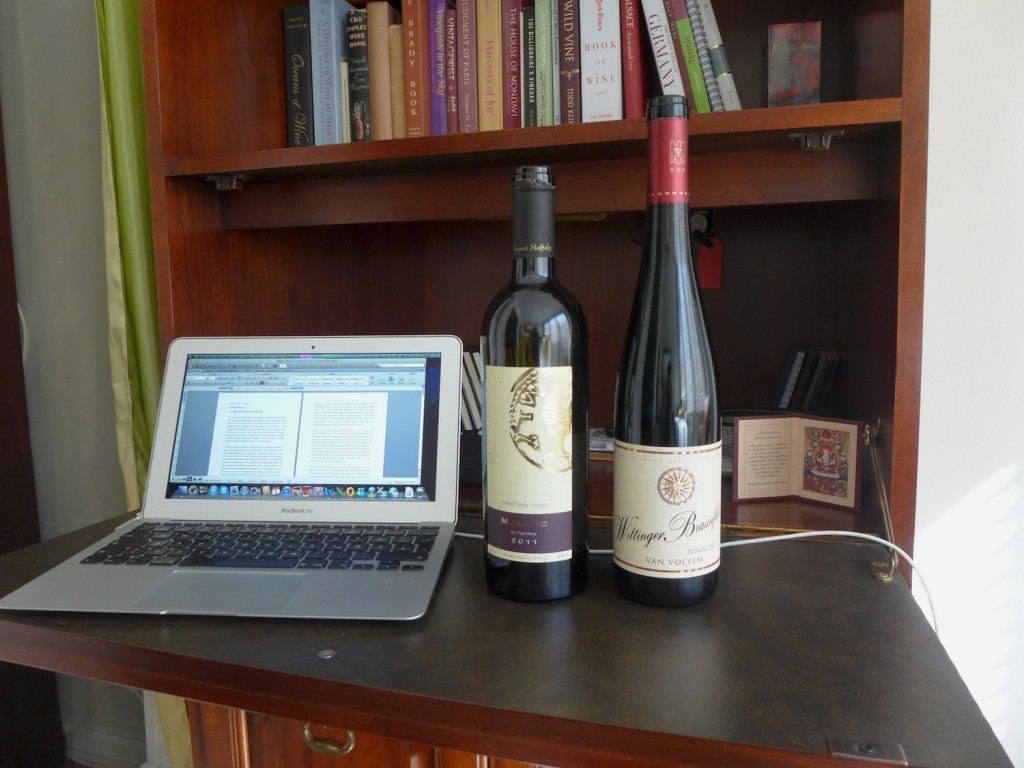
![120114_riesling_global_RZ [1600x1200]](http://www.stuartpigott.de/wp-content/uploads/2013/09/120114_riesling_global_RZ-1600x12002.jpg)
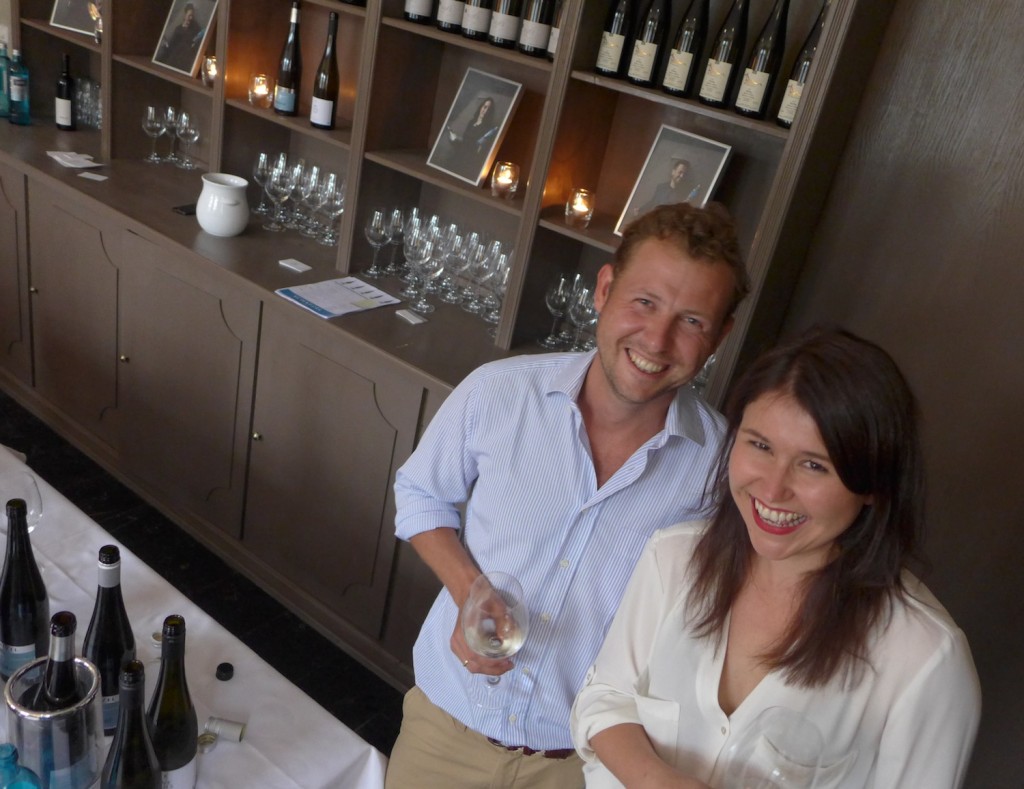
![120114_riesling_global_RZ [1600x1200]](http://www.stuartpigott.de/wp-content/uploads/2013/09/120114_riesling_global_RZ-1600x12001.jpg)
![img016 [1600x1200]](http://www.stuartpigott.de/wp-content/uploads/2013/09/img016-1600x1200-1024x722.jpg)
![img015 [1600x1200]](http://www.stuartpigott.de/wp-content/uploads/2013/09/img015-1600x1200-213x300.jpg)
![120114_riesling_global_RZ [1600x1200]](http://www.stuartpigott.de/wp-content/uploads/2013/09/120114_riesling_global_RZ-1600x1200.jpg)
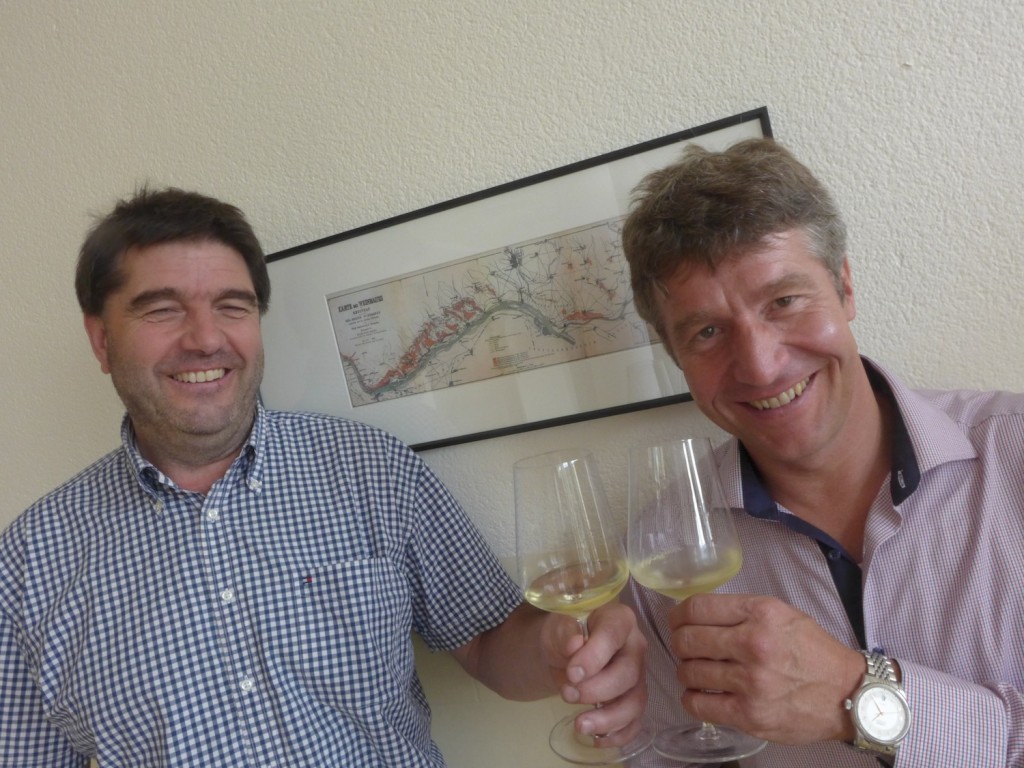
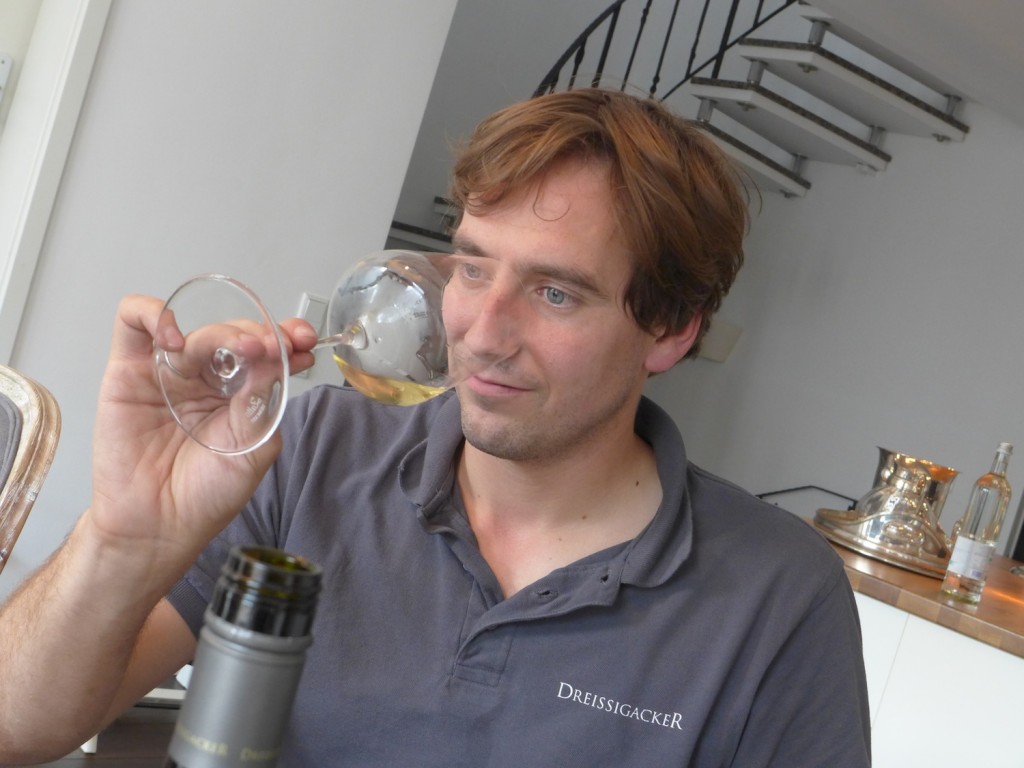
![120114_riesling_global_RZ [1600x1200]](http://www.stuartpigott.de/wp-content/uploads/2013/08/120114_riesling_global_RZ-1600x12008.jpg)
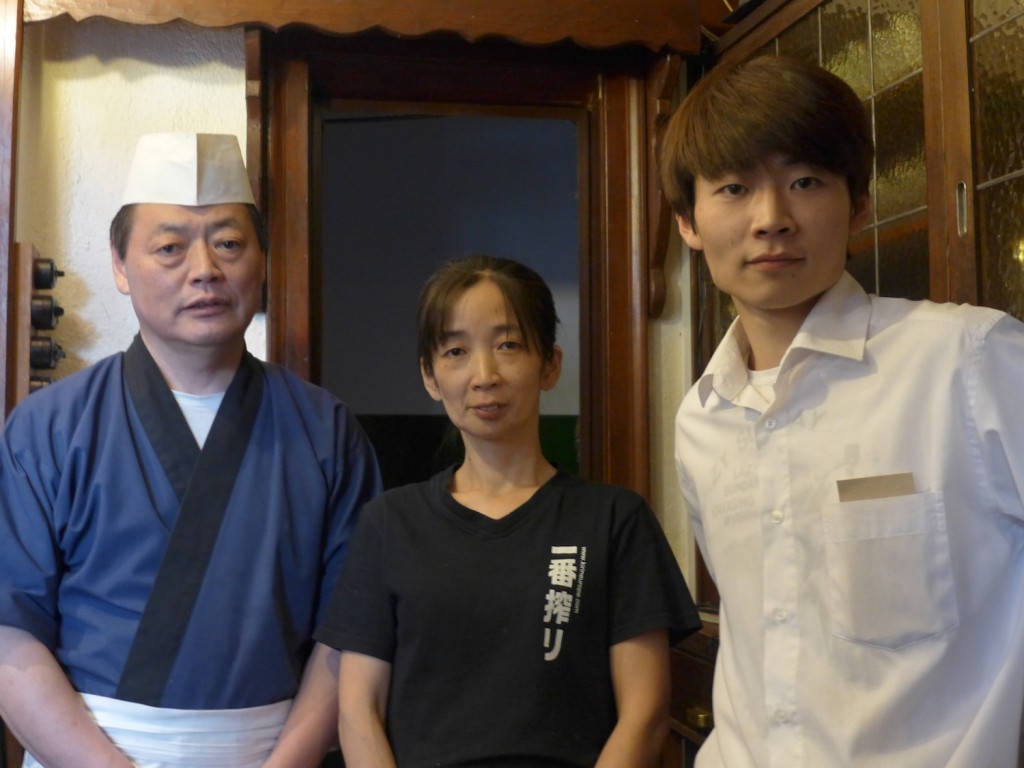
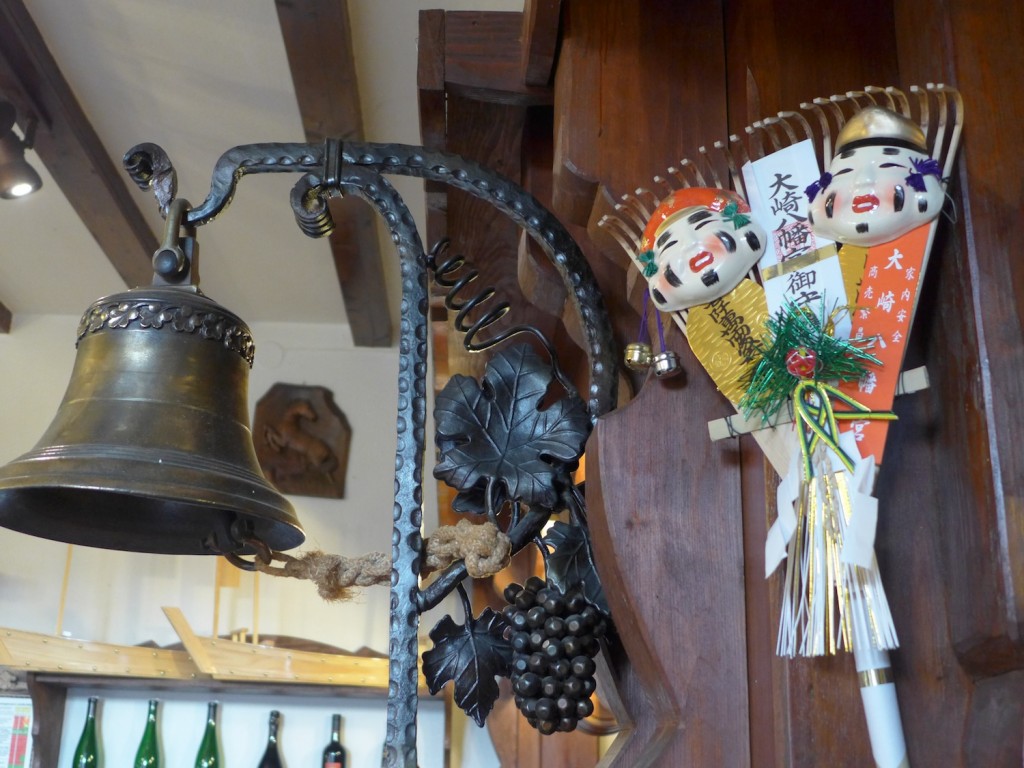
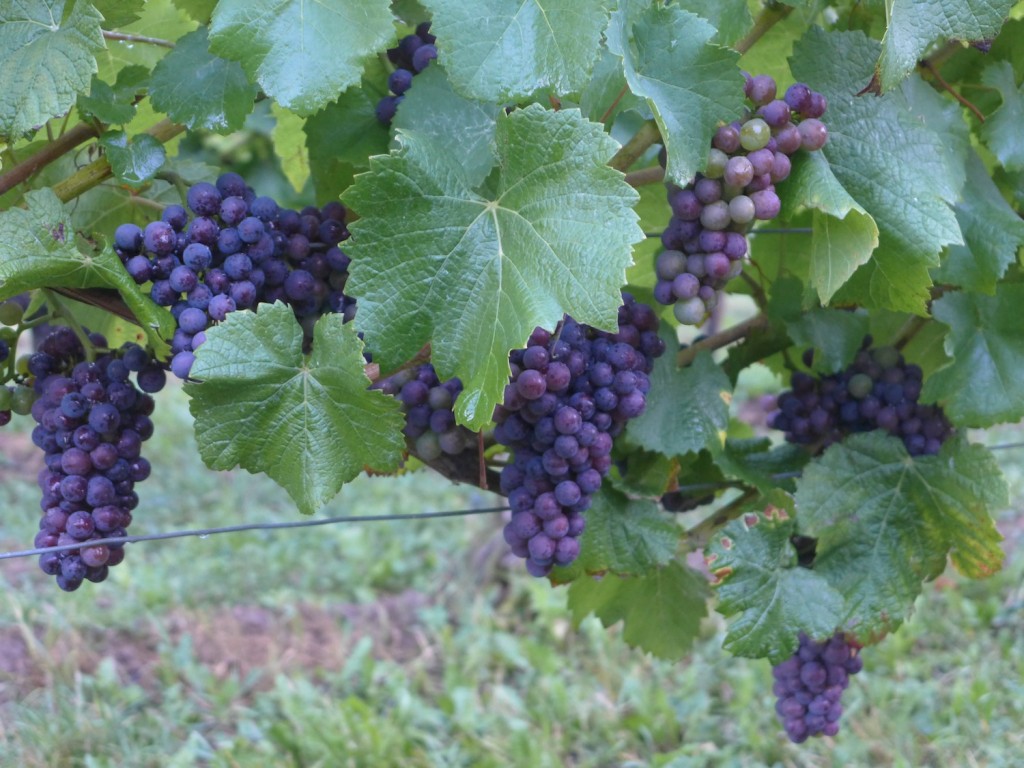
![120114_riesling_global_RZ [1600x1200]](http://www.stuartpigott.de/wp-content/uploads/2013/08/120114_riesling_global_RZ-1600x12007.jpg)
![120114_riesling_global_RZ [1600x1200]](http://www.stuartpigott.de/wp-content/uploads/2013/08/120114_riesling_global_RZ-1600x12006.jpg)

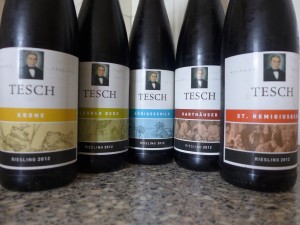

![120114_riesling_global_RZ [1600x1200]](http://www.stuartpigott.de/wp-content/uploads/2013/08/120114_riesling_global_RZ-1600x12005.jpg)
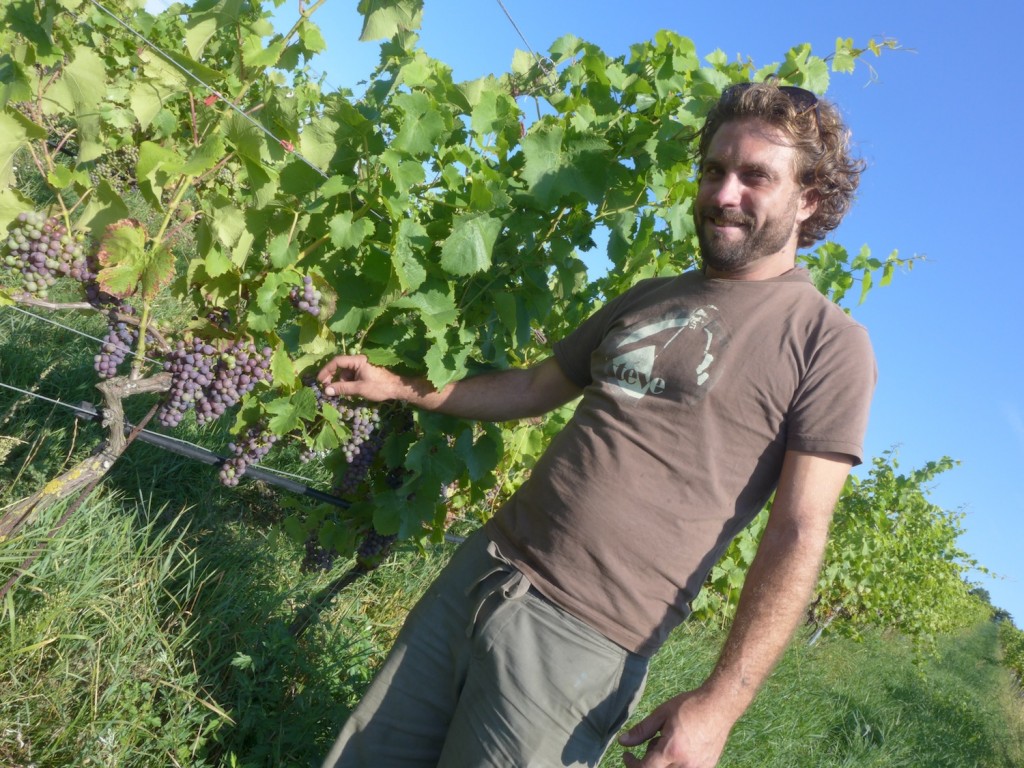
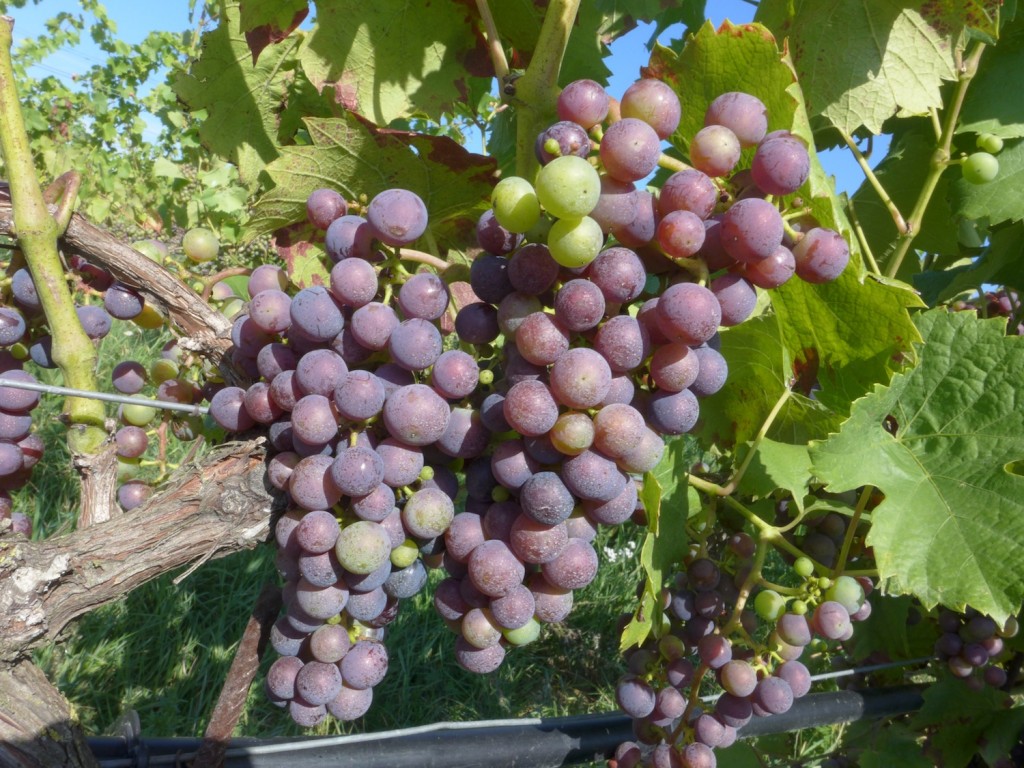
![120114_riesling_global_RZ [1600x1200]](http://www.stuartpigott.de/wp-content/uploads/2013/08/120114_riesling_global_RZ-1600x12004.jpg)
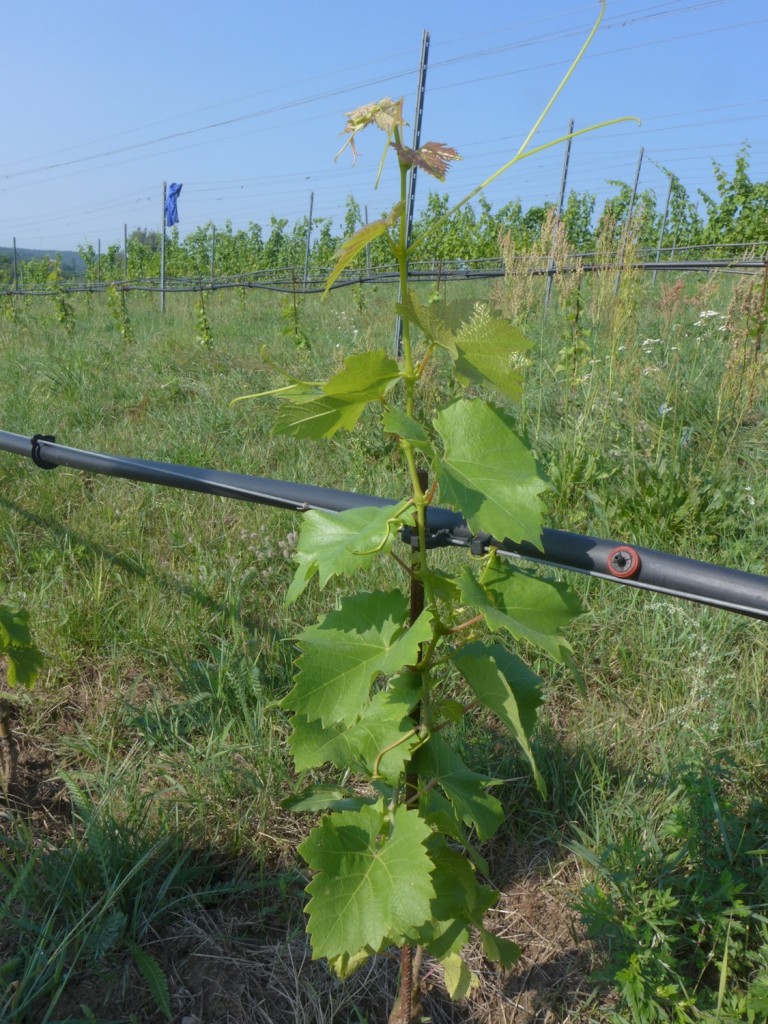
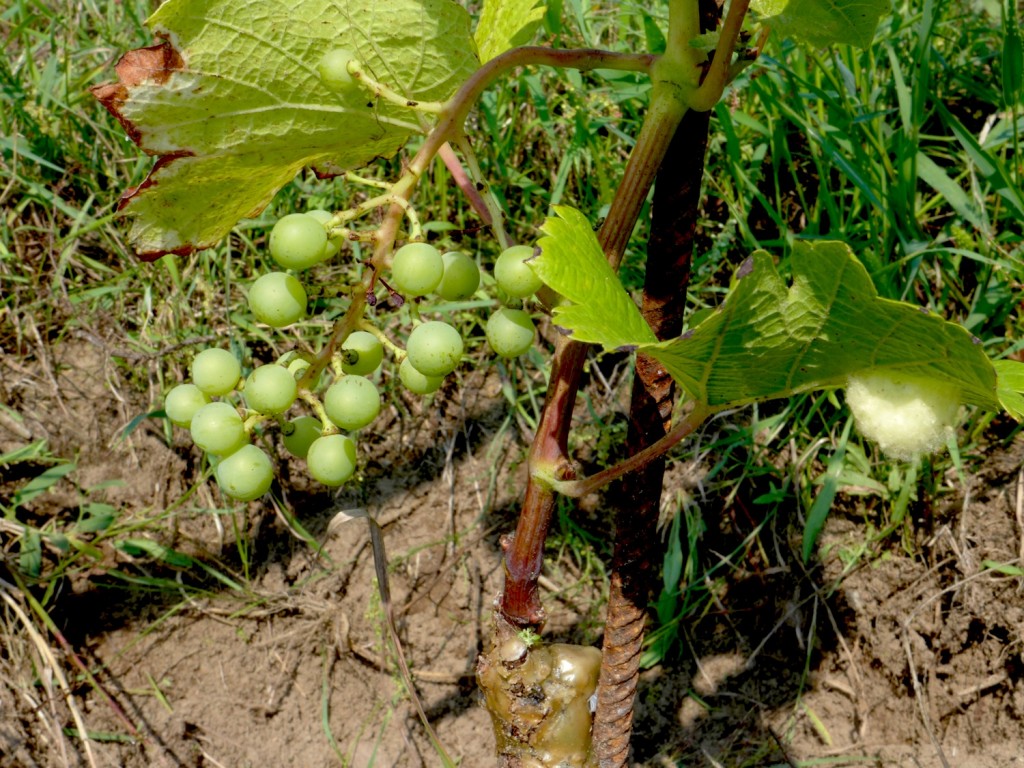
![120114_riesling_global_RZ [1600x1200]](http://www.stuartpigott.de/wp-content/uploads/2013/08/120114_riesling_global_RZ-1600x12003.jpg)